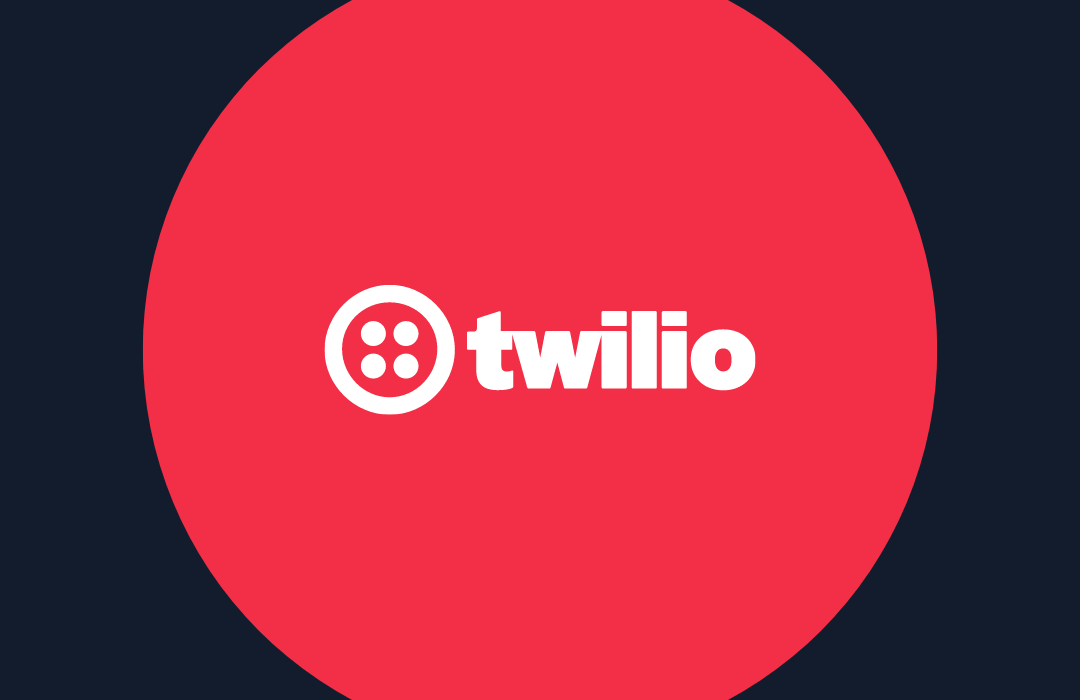ACD vs IVR: What's the difference between contact center ACD and IVR?

Time to read: 3 minutes
If you've ever called a customer service number, there's a good chance the call center used an automatic call distributor (ACD) or an interactive voice response (IVR) system to make your call more efficient.
These Voice Over Internet Protocol features help route calls to the right agent or resource, reducing wait times, transfers, and sometimes any human interaction at all.
But call center ACD and IVR systems aren't the same—they just work magically together.
Want to dive deeper? Below, we'll walk through the definitions of call center ACD and IVR, including the nuances and benefits of each. Then, we'll show you how these systems can work together to create the optimal customer experience for inbound callers.
What is ACD for call centers?
Ideally, your callers would know if you're busy and call back later when you're available. But it doesn't work like that—far from it. In fact, it can feel like all your customers prefer to call at precisely the same time, making it challenging to prioritize customers and provide a positive experience.
That's where call center ACD systems come in handy. But how does ACD work?
Basic call center ACD systems automatically route inbound calls to available agents. More sophisticated ACD software uses skills-based routing and task prioritization to understand the caller's needs and route them accordingly.
For example, a well-programmed automatic call distribution system will send a caller with a support-related question to the appropriate support agent and a caller with a pricing question to sales. And if a caller has an urgent issue, they’ll get a priority place in the call queue or immediate assistance.
That's the power of an advanced call center ACD system.
What is an IVR system?
An IVR system enables users to navigate menus by interacting via voice prompts or dial-pad input. Basic IVR systems might tell callers the business hours or route them to the appropriate department. An advanced IVR menu might ask for the customer’s name and account number to help them make payments or provide guidance on other self-service actions.
Additionally, a well-configured IVR system can collect the appropriate data to inform your automatic call distribution software on how to route customers for further assistance. For example, the customer tells the IVR system the reason for their call. The ACD then processes that data and applies ACD rules to route the call to an appropriate (and available) contact center agent.
What are the differences between ACD and IVR?
IVR systems help collect user data and empower callers to self-serve. And when the caller requires additional help from a live agent, ACD technology routes phone calls to the appropriate department and available agent.
Think of IVR as the front-end experience that customers interact with and ACD as the back-end routing tool for connecting callers to agents more efficiently.
In almost every scenario, it's not about choosing an IVR system or a call center ACD. It's about using these systems together.
Build an ACD and IVR system with Twilio TaskRouter and Twilio Studio
Twilio TaskRouter is an intelligent ACD system that can dynamically assign tasks and connect callers to the right agents—no unnecessary transferring or extra steps required.
Here's some of the magic that makes TaskRouter powerful:
- Workflow logic: It uses rules, categories, and logic to create intelligent workflows for each customer. You can then set rules to prioritize certain tasks or escalate an issue if it's not resolved within a certain time frame. Callers can even request to speak with a specific agent (like one they worked with previously) with TaskRouter.
- Customer relationship management (CRM) integration: It integrates with popular CRM platforms to assign support tickets, route incoming calls to the appropriate agents, and update lead information. Plus, it analyzes caller information to determine when a service call should go to a support agent and when to prioritize a customer to a manager.
- Reporting: It gives you the detailed metrics and call monitoring you need to make better business decisions. This allows you to dive deep into customer experience, agent productivity, traffic forecasts, and support trends to fine-tune your call center's performance.
- Sentiment analysis: It uses AI to understand callers’ emotions and needs. TaskRouter can recognize that an incoming caller has called multiple times in a week, detect rising frustration levels, and prioritize that caller or send them to the most experienced agents.
Once you get comfortable with TaskRouter, start designing your IVR tree menu with Twilio Studio, a visual workflow builder for everything from chatbots to IVR to automated reminders. Learn how to build the ultimate phone call customer experience by using TaskRouter and Studio together.
ACD and IVR are vital contact center technologies that help create a seamless experience for customers and agents. And implementing these technologies doesn’t have to take a long time or major investment.
When you have a flexible, cloud-based contact center like Twilio Flex, augmenting your contact center will only take a matter of days. Check out an interactive demo to discover what you can build with Flex.
Related Posts
Related Resources
Twilio Docs
From APIs to SDKs to sample apps
API reference documentation, SDKs, helper libraries, quickstarts, and tutorials for your language and platform.
Resource Center
The latest ebooks, industry reports, and webinars
Learn from customer engagement experts to improve your own communication.
Ahoy
Twilio's developer community hub
Best practices, code samples, and inspiration to build communications and digital engagement experiences.

